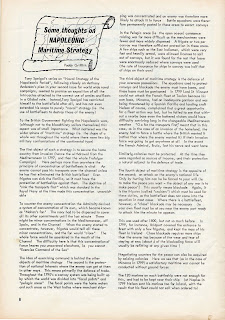Bill Holmes set up Deltorama in 1967 as the first wargames construction service, making model buildings for Brigadier Peter Young, among others (as refereed to in Charge!)
Early Wargamer's Newsletters were studded with Deltorama advertisements with line drawings of completed commissions. Sadly Bill died around 1970. In May that year Don Featherstone posted a double page tribute made up of some of these line drawing images.

Before doing a little research for this post, I had never made the connection between Bill Holmes and the war journal featured in Don Featherstone's Solo-Wargaming book, the one with the inspirational North West Frontier campaign and pictures of Tradition 25mm figures.
Don Featherstone writing in Solo-Wargaming, Kaye & Ward 1973
“The late Bill Holmes of Deltorama had a series of such journals in which he recorded the activities of his troops, embellishing these accounts with drawings and photographs of their operations. Using as a background the wonderful buildings for which he was professionally renowned, Bill posed his figures most realistically as they attacked forts … or fought against ambushes in the rocky defiles of the North-West Frontier. There is no limit to the ingenuity that the wargamer can display in compiling a journal – Bill Holmes even went so far as to make his own army forms and letter-headings complete with rubber-stamped markings and so on, and inserted them into the journal to record when an order was received from a higher formation, for example. A journal is very much a personalized affair but the sample pages given on the opposite page (below) can serve as a guide.”
















































